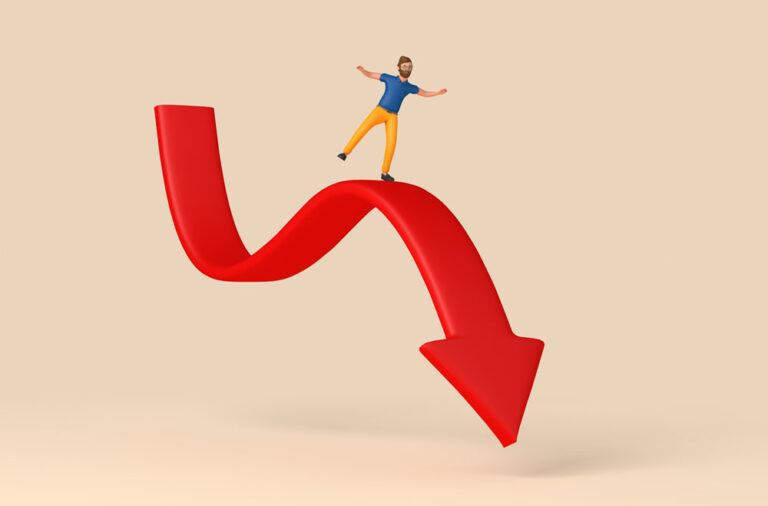At the end of 2022, many economists and banks are thinking we are headed into a recession of some degree. Inflation has been rising substantially for the last two years and the Federal Reserve has been increasing interest rates to combat it (I wrote about how inflation impacts real estate, which can read here). At this point, there are signs the increasing rates are working in reducing inflation, but regardless a recession seems imminent.
So how have investments in multifamily real estate (like apartments) fared in past recessions? Specifically, the ‘Great Recession’ of 2008-09?
I had a conversation on this topic with my strategic partner Mark Kenney, Founder & CEO of Think Multifamily. He has been investing in real estate for over 25 years and has seen multiple ups and downs in the multifamily real estate market. I also found a great research article from CBRE that touches on this topic from September of 2020.
No one has any idea how strong a recession (if any) we are entering, but during the Great Recession, values for apartments did decline by 24% but they returned to pre-recession levels in just two years. The S&P500 took five years to return to its pre-recession level and single-family homes took even longer. Considering our investment hold times are usually 5-6 years, that’s not even half of that period.
Compared to other types of commercial real estate (like office, industrial and retail), multifamily real estate experienced the lowest level of rent decline and shortest period until rents reached their prior peaks, according to the CBRE report. To recover from the huge impact of that recession in two years is very impressive.
The poster child for that recession was the bursting of the housing bubble in single-family homes, which hit many families hard. There were many factors that can be blamed, but a major cause was banks that were lending money to almost anyone, regardless of their ability to pay.
Banks have learned their lesson and things are very different today. Now they are much more careful in giving out loans, with higher requirements and more thorough vetting. We have also seen this in multifamily real estate. Banks are more careful now than they were in 2008, but they still lend for investments that are sound (we haven’t had any trouble getting debt for our projects).
Today, there are strong tailwinds for apartments that didn’t exist back then. Fannie Mae recently stated in October of 2022 that the U.S. has a shortage of housing of around 3.8 million units. That’s a substantial number and is due to a lack of new construction after that recession. Couple that with rising interest rates making home mortgages more expensive, people have been renting like never before. We are seeing that ourselves. Across all of our investments, demand has increased and rents are up 10% in just 2022 alone (and 2021 was a record year).
We have also seen significant price reductions of 10-15% on multifamily real estate that’s for sale. Sellers have realized that higher interest rates mean their properties are worth less (because debt is now more expensive) and have adjusted their prices accordingly. The less we have to pay, the more attractive an investment it becomes.
In summary, apartments have fared better than many other investment asset classes during recessionary periods. Everyone needs a place to live, regardless of what’s going on the economy, and renting is the easiest way to do that. Given past performance, the U.S. housing shortage, and volatility of Wall Street during times like these, having a portion of one’s wealth in apartments is a sound financial move.


